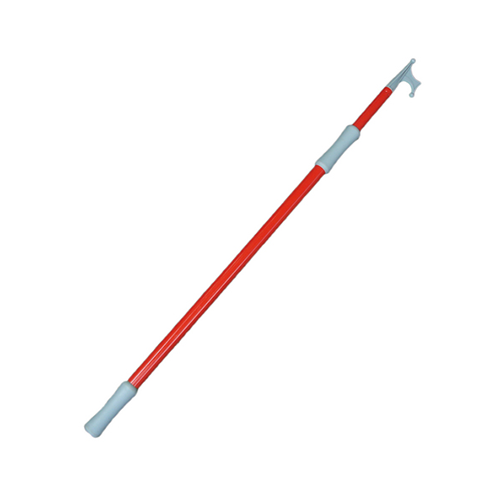Description
Key Features of Breathing Apparatuses:
- Air Supply Source: Breathing apparatuses provide a source of clean and breathable air to the wearer. The air supply can come from various sources, such as compressed air cylinders, self-contained breathing apparatus (SCBA) systems, or supplied air systems connected to a remote air source.
- Facial Sealing: The apparatus often includes a facepiece that seals tightly against the wearer’s face to prevent contaminants from entering. The sealing ensures that the air being supplied is directed into the respiratory system.
- Filtration or Air Purification: Some breathing apparatuses incorporate filters or air purification mechanisms to remove contaminants from the supplied air before it is inhaled.
- Adjustable Straps: Straps or harnesses help secure the breathing apparatus in place and ensure a proper fit for the wearer.
- Exhalation Valve: Many respirators have an exhalation valve that allows the wearer to exhale air without resistance, preventing a buildup of pressure inside the mask.
- Alarm Systems: Some breathing apparatuses include alarms or warning systems to indicate low air supply or other potential issues.
- Weight and Ergonomics: The design of the breathing apparatus aims for a balance between protection and comfort, minimizing strain on the wearer during extended use.
Types of Breathing Apparatuses:
- Self-Contained Breathing Apparatus (SCBA): These systems have their own air supply in a portable cylinder carried by the wearer. SCBAs are commonly used in firefighting and other emergency response situations.
- Air-Purifying Respirators (APR): APRs use filters or cartridges to remove contaminants from the ambient air before it is inhaled. They are used in environments with known levels of contaminants.
- Powered Air-Purifying Respirators (PAPR): PAPRs use a powered fan or blower to draw air through filters and provide positive pressure to the facepiece. They offer greater comfort for extended use.
- Supplied Air Respirators (SAR): These systems supply clean air from a remote source, such as an air compressor or air cylinder, through a hose to the wearer.
Applications:
- Firefighting: SCBAs are essential for firefighters entering smoke-filled environments.
- Industrial Work: Breathing apparatuses protect workers from exposure to harmful substances in industries like chemical processing and construction.
- Hazardous Material Handling: Workers dealing with hazardous materials use breathing apparatuses for protection.
- Healthcare: Respirators are used by healthcare professionals for infection control.
Maintenance:
- Regularly inspect components, including seals, valves, filters, and air supply sources.
- Replace consumable parts and filters according to manufacturer guidelines.
- Properly clean and disinfect the apparatus to maintain hygiene.
Breathing apparatuses are crucial tools that provide protection against respiratory hazards. Proper training, fitting, maintenance, and adherence to safety guidelines ensure the effectiveness of these devices in safeguarding the respiratory health of individuals working in hazardous environments.









